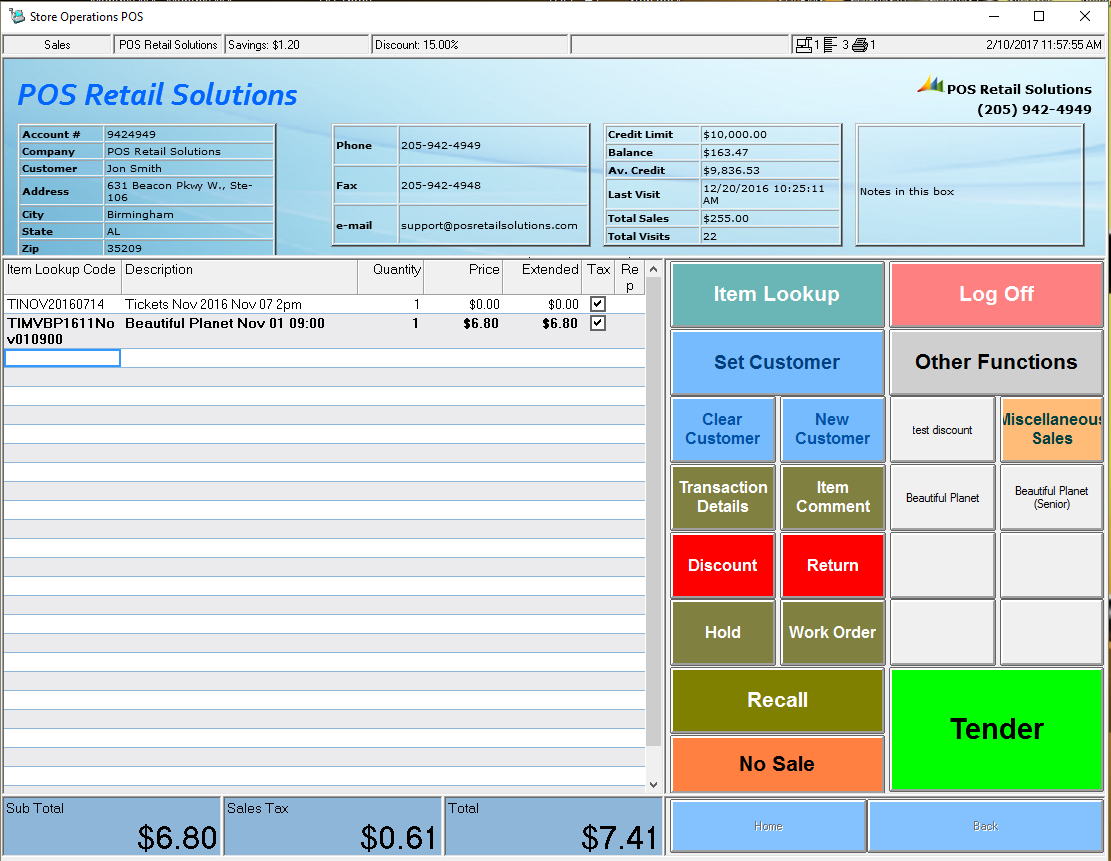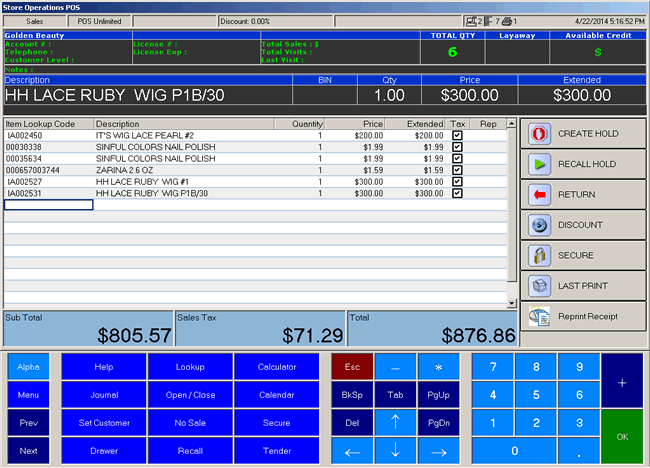
One report can have multiple layouts, and all of the layouts for every report live in the Custom Report Layout table. You can also go straight to the Custom Report Layouts page to change an existing layout or to create a new one. You can press the Custom Layouts button from the Report Layout Selection screen to see all the available custom layouts for a specific report. The Custom Report Layouts page will show you all of the custom layouts that have been created for a report. The Report Layout Selection page shows you all of the NAV reports, and it allows you to choose the layout you’ll be using. Let’s talk about what they do and when you use each of them.

Both are intertwined, and they work together to get you the layout customization you need. The two things you’ll need here are Report Layout Selection and Custom Report Layouts.įigure 1 - Report Layout Selection and Custom Report Layouts under Departments – Administration – IT Administration – Reports in Microsoft Dynamics Business Central/NAV These two features are key to using custom report layouts. To start with, you’ll need to open up NAV and look in Departments – Administration – IT Administration – Reports. Otherwise, you should probably make a modification to the report object itself. If your desired report change passes those two tests, then congratulations! You can use a custom report layout to meet your needs. The entire idea of a custom report layout is that you’re giving an existing set of data a different presentation layer to work with – sort of like having the data put on different clothes to go on a date than it would to paint a house. Custom report layouts work because SQL Server Reporting Services separates the underlying data of a report from the presentation layer of a report (a.k.a., the layout).

If you have to add a field, you’ll need to modify the report object itself. The second thing to know is that custom report layouts have a major limitation: If you need to add a field to a report that is not already in the dataset for the report, and the field cannot be calculated from data that’s already in the dataset for the report, you will not be able to use a custom report layout. The entire feature rests on the SQL Server Reporting Services engine used to handle reporting in modern versions of NAV. Older versions of NAV cannot use a custom report layout. The first thing to know is that custom report layouts are only a feature in NAV 2015 and later and in Business Central. I’ll talk you through custom report layout limitations, how you can make a custom report layout, and why you would want one. It’s easier to upgrade, and it’s not any harder than modifying the existing report layout. When it comes to report customizations, we can handle this by using a custom report layout instead of modifying an existing report.

When we do Microsoft Dynamics Business Central or Dynamics NAV development, one of our goals is to minimize the work required during an upgrade.


 0 kommentar(er)
0 kommentar(er)
